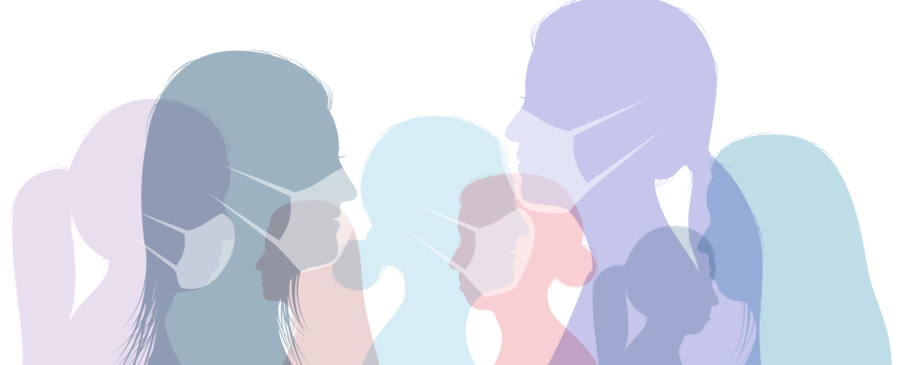Do’s and Don’ts of Using Masks

surgical mask
A surgical mask is a loose-fitting, disposable device that creates a physical barrier between the mouth and nose of the wearer and potential contaminants in the immediate environment. Surgical masks are not to be shared and may be labeled as surgical, isolation, dental, or medical procedure masks. They may come with or without a face shield. These are often referred to as face masks, although not all face masks are regulated as surgical masks.
Surgical masks are made in different thicknesses and with different ability to protect you from contact with liquids. These properties may also affect how easily you can breathe through the face mask and how well the surgical mask protects you.
If worn properly, a surgical mask is meant to help block large-particle droplets, splashes, sprays, or splatter that may contain germs (viruses and bacteria), keeping it from reaching your mouth and nose. Surgical masks may also help reduce exposure of your saliva and respiratory secretions to others.
While a surgical mask may be effective in blocking splashes and large-particle droplets, a face mask, by design, does not filter or block very small particles in the air that may be transmitted by coughs, sneezes, or certain medical procedures. Surgical masks also do not provide complete protection from germs and other contaminants because of the loose fit between the surface of the mask and your face.
Surgical masks are not intended to be used more than once. If your mask is damaged or soiled, or if breathing through the mask becomes difficult, you should remove the face mask, discard it safely, and replace it with a new one. To safely discard your mask, place it in a plastic bag and put it in the trash. Wash your hands after handling the used mask.
 STEP 1
STEP 1
Before putting on a mask, clean hands with alcohol-based hand rub or soap and water
STEP 2
Flip to the correct side, Blue side faces out

STEP 3
Flatten the mask and hook both ear loops to your ears
 STEP 4
STEP 4
Pull the mask to the lower jaw to ensure a tight seal

STEP 5
Bend the nose clip to match the shape of your nose to prevent unfiltered air from entering
cloth mask
By now, most people know that the Centers for Disease Control and Prevention recommends wearing a cloth face mask in public places where social distancing may be difficult to maintain, like a grocery store. But it’s important to keep in mind that cloth face masks are only effective if they are worn properly. So, what does that look like? We’ve broken it down. Here are the do’s and don’ts of cloth face masks
Do
Wash your hands before putting on the mask and after touching or removing
Wear a mask that fits snuggly against your face
Have your mask cover your mouth, nose and chin
Wash your mask at least once a day
Avoid touching your mask while wearing it
Don’t
Don’t wear the mask below your nose or leave your chin uncovered
Don’t rest your mask under your chin
Don’t take off the mask to speak with someone
Don’t wear a mask that is damaged
Don’t place a mask on children under age 2, anyone who has trouble breathing, or is unable to remove the mask without assistance










Recent Comments